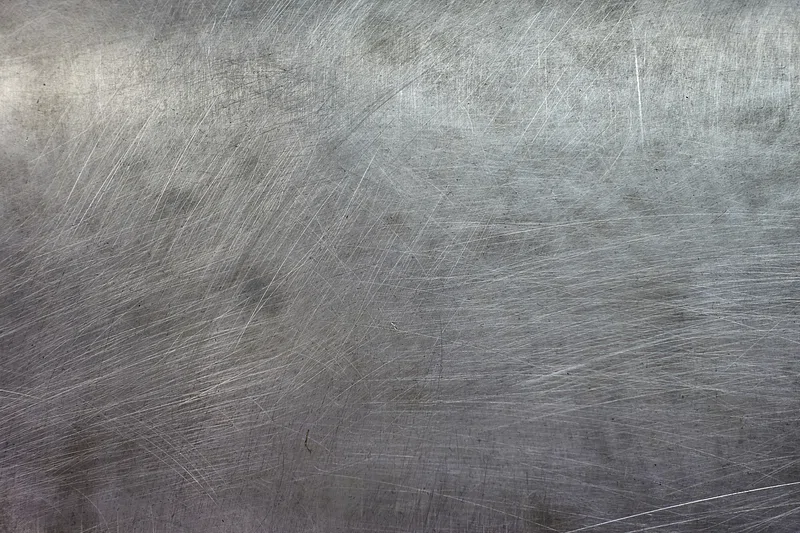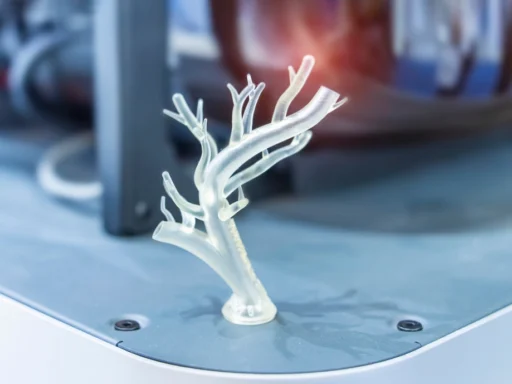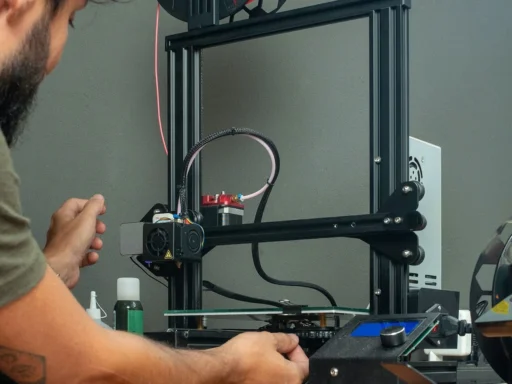When the first commercial 3D printer hit the market in 1987, the Chuck Hull-developed SLA-1, it was designed (like modern stereolithography or ‘SLA’ systems) to print plastic resin.
Shortly after, patents were filed for the Fused deposition modeling (FDM) and selective laser sintering (SLS) processes, and the basis for the modern 3D printing industry was formed. Since then, these technologies have been joined by many others, but the sector hasn’t just progressed on a technological level – it has seen significant advances in material R&D.
Following decades of innovation it’s now possible to go well beyond the plastic production exploits of 3D printing’s pioneers. With processes like powder bed fusion (PBF) and electron beam melting (EBM), you can now 3D print anything from titanium turbine blades, to heat-resistant superalloy airplane parts.
Let’s take a look at some of the materials and applications this has unlocked for makers and advanced users alike, and examine whether the sky truly is the limit for metal 3D printing.
Read our overview about all common 3D printing materials.
Which metals can you 3D print?
If you stay up-to-date with 3D printing news, this is unlikely to surprise you very much, but it’s now possible to print both end-use and prototype parts from metal. So, which alloys can you use? This depends on the technology your 3D printer is built upon, and your willingness to qualify (tweak parameters) for specific formulations, so its calibrated to print them.
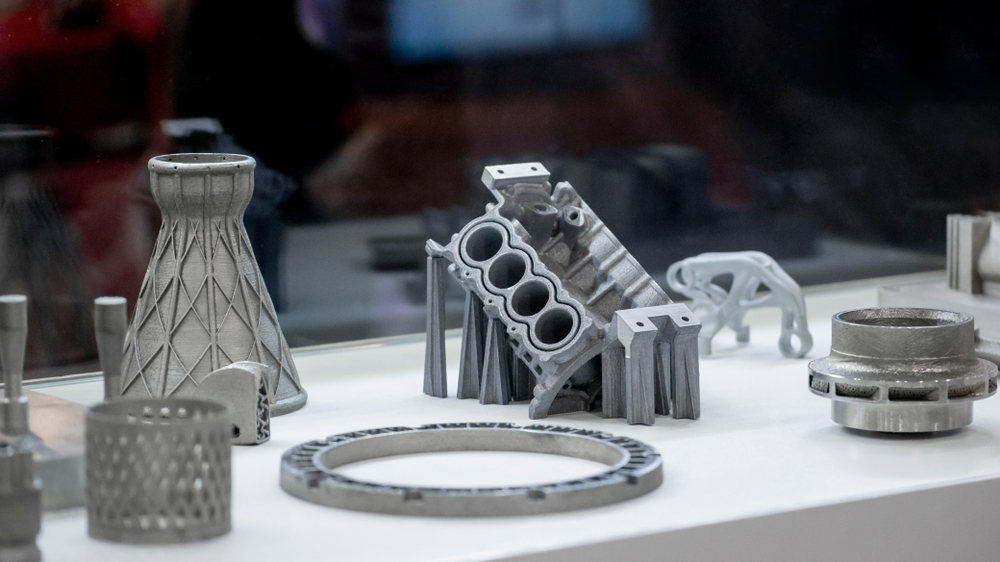
Qualifying 3D printing materials can take years and this is one of the many barriers to new ones becoming available to users. Another is material format. In PBF, for example, metals need to be available as powders before they can be processed effectively. That said, you can now get anything from popular alloys like stainless steel to exotic tungsten in this format.
Then you have processes like sheet lamination, where sheets of material are bonded together into a single piece, before excess is cut away to leave a final product. You can technically use it to print with paper, plastic, or metal, but the workflow behind this differs for each.
Of these materials, the most popular include steel, copper, and aluminum, but innovators like Fabrisonic continue to seek out new ways of expanding the technology’s compatibility.
As you can see, the answer to the question ‘which metals can you 3D print?’ is a strong ‘it depends.’ But with more alloys being made available to manufacturers, there’s no doubt that the scope of the technology’s applications is growing into new and exciting areas.
Aerospace, energy, and beyond
Before we get into heavier-duty applications, it’s worth noting that many open-material FDM units can also be used by makers wanting to get creative with metals.
Products like The Virtual Foundry’s Filamet Kits, for example, allow desktop 3D printer owners to start creating custom alloy or glass objects from the comfort of their own homes. Of course, doing so requires some mechanical sympathy, but the launch of this range just goes to show how widespread and diverse alloy 3D printing has become.
To facilitate more advanced use cases, one of the industry’s leaders 3D Systems has qualified ‘GRX-810’ for its DMP 3D printing line. Reinforced by dispersed oxide particles, the NASA material is said to provide a level of heat resistance, strength, and ductility that makes it ideal for 3D printing space-ready parts.
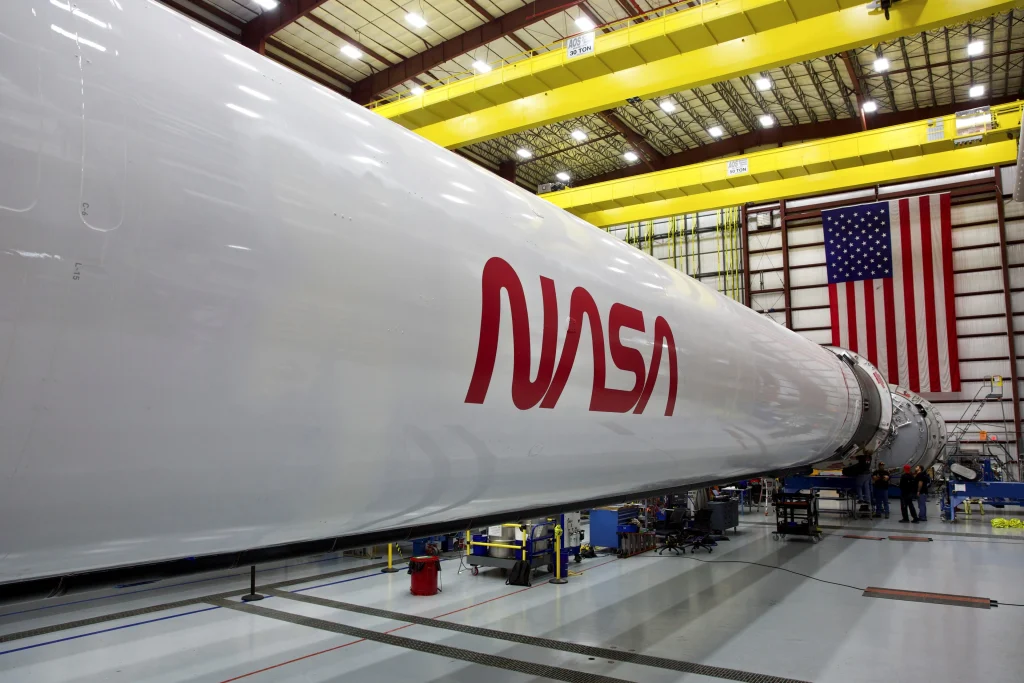
Elsewhere, in the adjacent aviation industry, additive manufacturing already gained a foothold long ago. General Electric (GE) has 3D printed more than 100,000 lightweight, fuel-saving fuel nozzles for aircraft around the world, and it continues to develop many other flight-ready parts for military and civil use, with its fleet of EBM and binder jet 3D printers.
Similar use cases can also be found in other sectors, including automotive and energy, where BMW has begun metal 3D printing over 50,000 parts per year as part of its ‘IDAM’ project, and Shell uses the technology to create offshore parts on-demand.
What next for metal 3D printing?
As metal fabrication processes go, 3D printing remains some way off the popularity and broad adoption of machining, forging, and casting. The technology also has significant hurdles to clear when it comes to material qualification. Porosity, cracking, and warpage still plague production with certain formulations, preventing their industry adoption.
On the other hand, super-alloys continue to be at the center of lucrative aerospace R&D, and this appetite for new ultra-resistant materials will no doubt push the technology forwards. With metal 3D printing also starting to make its way onto peoples’ desktops, it’s now clearer than ever that in areas where polymers just aren’t robust enough, metals may be the future.
